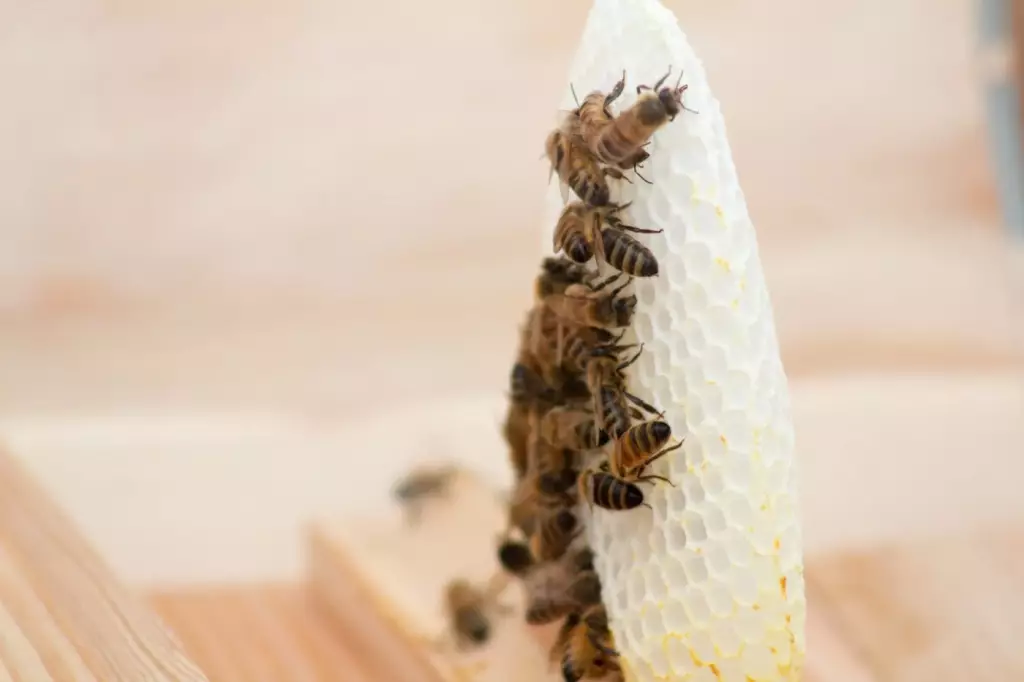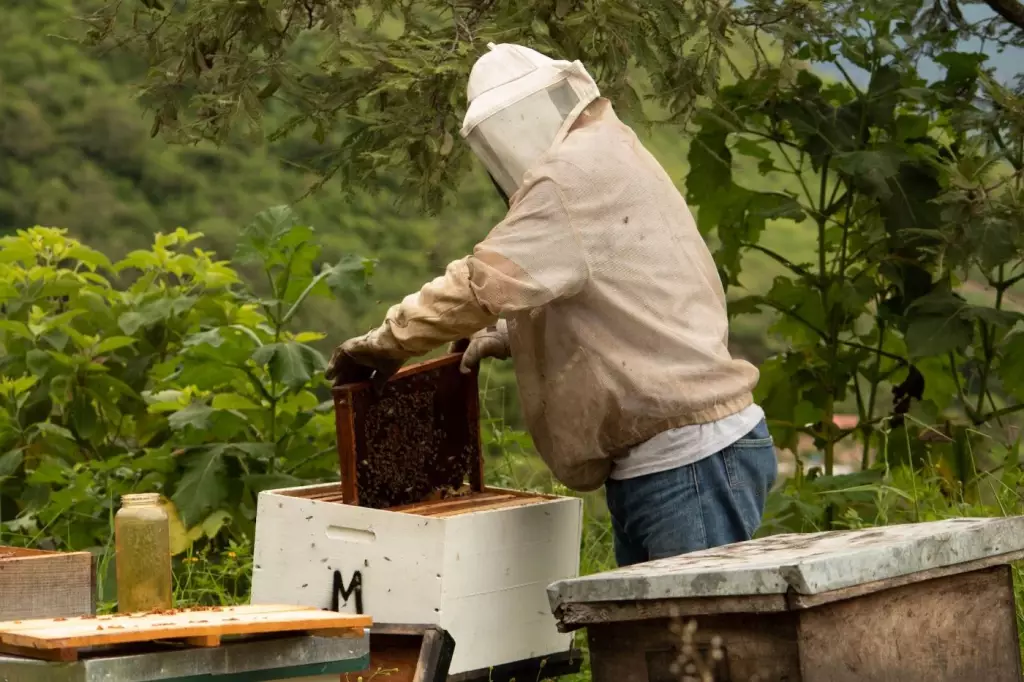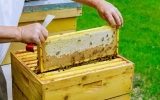When To Add a Second (or Third) Brood Box
Successful beekeeping is all about making the right choices at the correct time. One of the few important choices all beekeepers make is deciding when to add a second (or third) brood box to expand their beehive. In this article, we'll find out the right timing to add your next brood boxes.
Your next brood box should be added when 5 to 7 combs have been completely drawn out and frames have bees and brood in them, and stored honey is evident. Weather conditions, the strength of the hive, and the availability of nectar affect how fast this can take place.
Knowing the numbers isn't all that. Now that you know the general rule before adding your second or third brood box, it's time to educate yourself on other essential facts that you need to consider when expanding your hive. Read further to get more information.
Summary
- It is best to add your second or third brood box when 5 to 7 combs have been completely drawn out in your frames.
- Your frames should contain healthy bees and brood in them with a good amount of stored honey before adding a brood box.
- Weather conditions, the general health of the hive, and availability of nectar must also be considered when adding brood boxes.

On this page:
Considerations When Adding a Second (or Third) Brood Box
Most beginners in beekeeping start with a single brood box. Bi-weekly checking should be done to assess the condition of the frames, although technically, you won't see anything at first. Bees start from scratch and draw comb from the center of the frame working the way around until they reach the borders. Next to this, they will build a brood chamber and start putting honey on the frames. This process alone takes a few days to a month in total.
In some cases, to speed up the process of drawing out the frames, beekeepers purchase a hive whose frames have an already drawn-out comb to make it easier for the bees and the beekeepers themselves. Doing these speeds up the pace also of deciding when to add your next brood box, since you have a lesser waiting time for combs to be drawn out.

Knowing what a drawn frame looks like is important to a beekeeper because it is where you base your decision to add your next brood box. When at least 5 to 7 combs have been completely drawn out and the frames have healthy bees, a progressive brood, and a good amount of honey being stored, that is the right time to add your second or third brood box.
To summarize, there are two things you need to keep in mind when deciding to add your next brood box as you inspect your hive:
- If the first brood box is almost full of brood and honey and most of the frames have been completely drawn, it's about time to add another brood box.
- If you have bees spilling out of the brood box every time you open it for inspection, it's a strong indication of a growing bee population, and a signal to give them more room to grow.
Why Right Timing is Needed When Adding a Second or Third Brood Box
Everything that comes too late or too early in beekeeping will have consequences for the hive. Right timing is essential to beekeepers such as in the case of knowing when to add or not yet add a brood box.
The purpose of adding a brood box is simple: to provide bees enough space to grow to their full potential, and therefore produce more honey in the future.
When you add a brood box after waiting for ALL frames to be completely drawn with combs, there is a high chance of a bee swarm. It is not ideal to wait for all frames to be drawn, as it may cause an overflow in resources, and with no room to accommodate it, it eventually leads to swarming.
Swarming occurs when bees in a colony felt the need to relocate along with the queen, leaving half of the colony in the original hive, to find a new spacious hive. While this is good in terms of the bee population, it can be detrimental to the hive that was left behind as they are deemed weak.
If this is the case in adding a brood box too late, we may ask: why can't we install the additional brood box in advance? There are cons to that too.
Having extra unnecessary space can be a problem for bees during winter as more effort is needed to keep space warm. A larger space also becomes a ticket for pests to take room inside your hive.
While an unrestricted space is nice, bees only need the space that they need at a certain time. Therefore, it is best to add a second or third brood box only when needed.
How Climate and the Condition of the Hive Signals for Additional Brood Box
In regions with colder temperatures, a noticeable decline in the bee's productivity can be observed. This is a sign that when spring comes the Queen will be busy laying more and expanding the colony. Spring also is a season of blooming flowers which means that nectar flow is good. A good nectar flow equates to abundant honey production. Considering these facts, an additional brood box must be added from late spring to early summer.
Observing the behavior of the queen and the hive is also key to knowing if it's time to add a brood box. Usually, a queen can only accommodate a single brood box when laying eggs. Adding one or two more unnecessary spaces only makes the hive at risk for pests. Providing bees with a lot of space also signals them to fill up that extra space, which can lead to slow colony growth and less honey production. This is why additional brood boxes are only added once the productivity rate has been observed to be at a speed in the first brood box.
How to Add a Second (or Third) Brood Box
Now that you know when to add the second or third brood box, in case a need arises, here's a guide on how to add a second brood box.

- Use frames with a drawn-out comb already for the new box to speed things up.
- From the second box (new box), take two empty frames and set them aside first.
- From the first brood box (the original hive), take two frames that already have brood on them and place them in the middle of the second box or new box.
- The two empty frames from the second box which have been set aside can now be placed on the first brood box (the original hive), with one frame against the wall and the other against the other wall.
- Lastly, place the new box on top of the original hive and replace the hive mat as well as the lid.
Doing this exchange of frames encourages the bees to move upward to the new box and start building another colony from there.

